AARP Hearing Center


In this story
Always expect a disaster • Download free apps • Consider satellite service • Some useful gadgets • For your home
Given the frequency and intensity of natural disasters these days, chances are it’s a case of when — not if — extreme weather will affect your life.
Some weather has seasons: tornadoes March through June, wildfires May through November, hurricanes from June through November. But increasingly, as with January’s California wildfires, Mother Nature is breaking the rules, and damage from drought and floods transcends seasons.
“We encourage everyone to be prepared year-round for any disaster, hazard or climate event,” says Jaclyn Rothenberg, former director of public affairs for the Federal Emergency Management Agency (FEMA). “Know what disasters and hazards could affect your area, how to get emergency alerts and where to go if you and your family need to evacuate.” Rothenberg says this requires having an evacuation plan and practicing it often.
Technology can play an essential role in emergency preparedness with helpful apps and gadgets to get you through a natural disaster.
6 free apps to download before you need them
Keep in mind that during extreme weather, you may not have Wi-Fi or cellular service to download apps to your iPhone or Android device. Download them in advance — and familiarize yourself with them beforehand — so they’ll be ready to use when you need them.
1. The American Red Cross offers numerous apps, including First Aid and Pet First Aid as well as a general Emergency app that lets you customize 40 different weather alerts like Earthquake, Hurricane and Tornado, along with advice, checklists, educational quizzes and a shelter finder. One example: how to handle food and water during a power outage.
The Red Cross also offers add-ons for smart speakers and smart displays that let you access info with your voice. Amazon calls these add-ons Skills. You could say, “Alexa, enable Hurricane Alerts by the American Red Cross” on an Amazon Echo device or “Hey, Google, talk to Red Cross Blood Donation” on a Google Nest speaker.
2. The Disaster Alert app and website from the Pacific Disaster Center (PDC) in Kihei, Hawaii, offers a real-time map that shows active or impending incidents deemed “potentially hazardous to people, property or assets” according to the PDC DisasterAWARE platform.
These include drought, earthquakes, extreme temperature, floods, forest fires, severe storms, tsunamis and volcanic eruptions. DisasterAWARE offers a robust and reliable early warning system, multi-hazard monitoring and tools to aid in decision-making.































































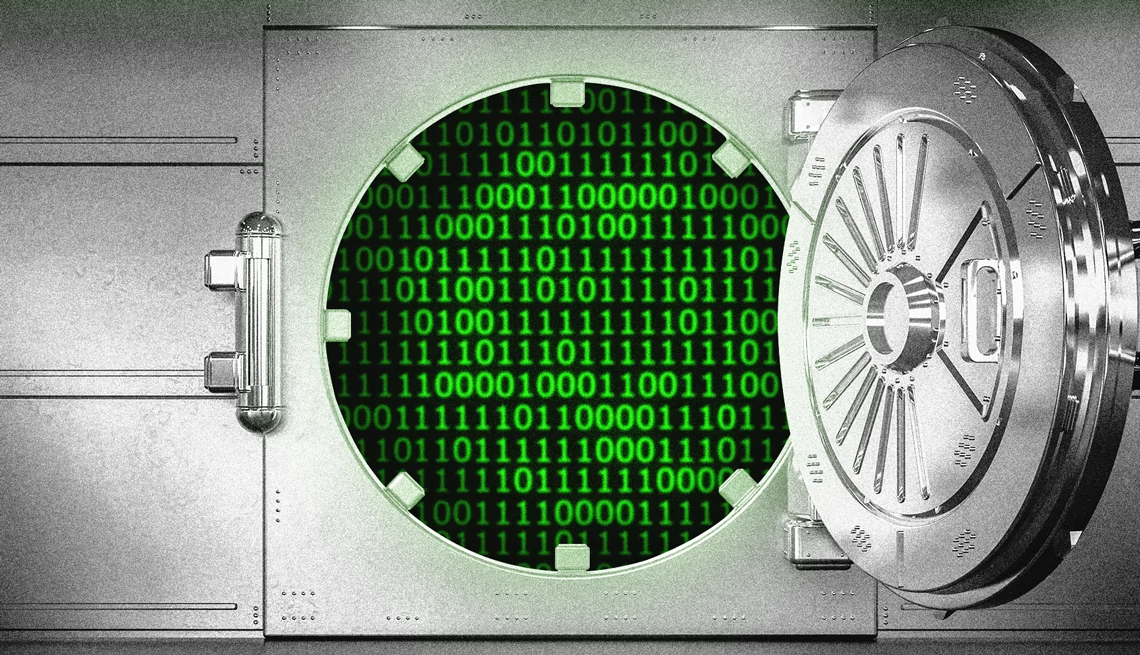
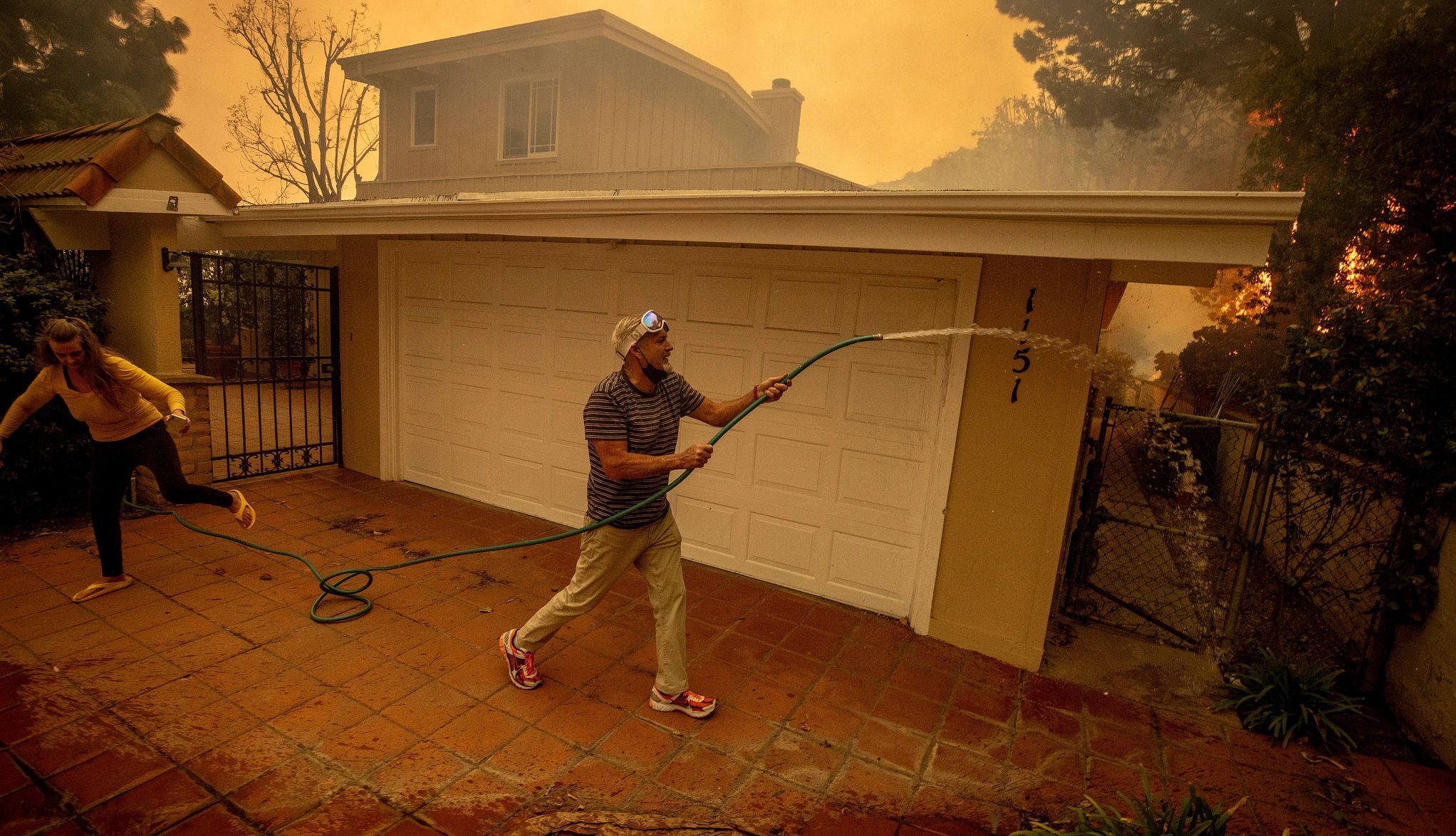

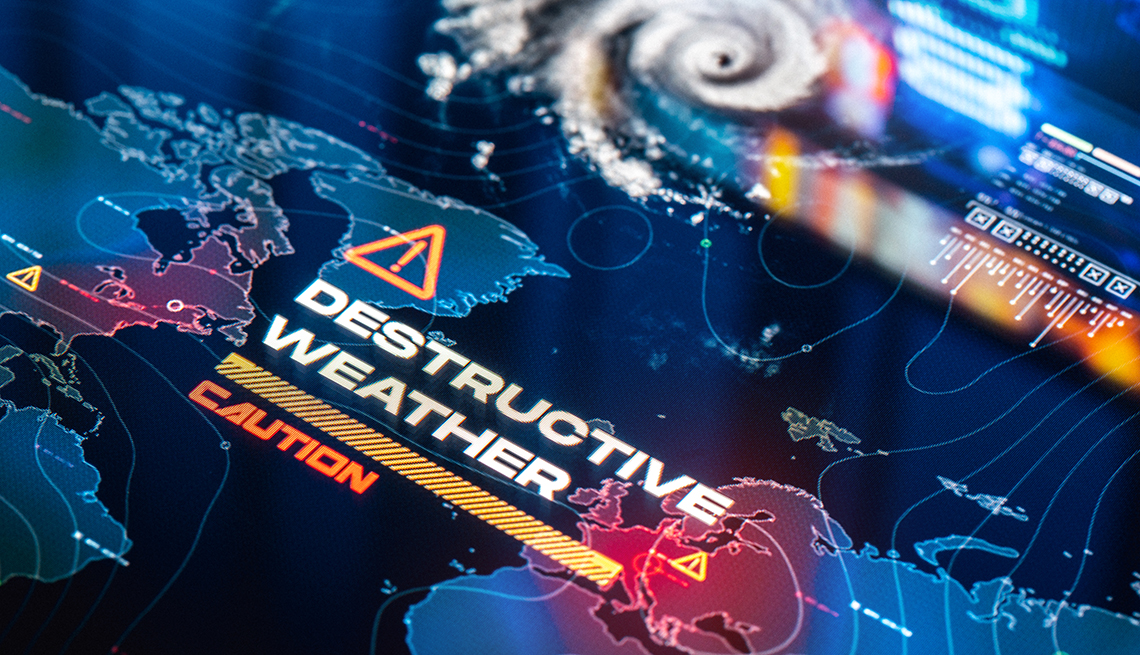
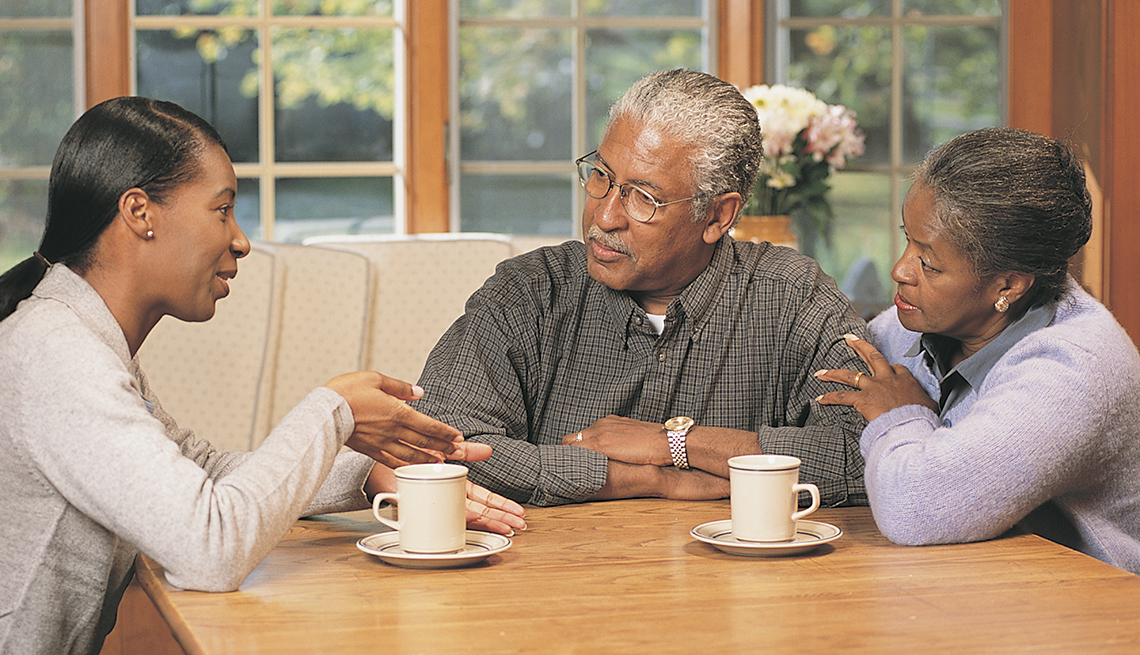
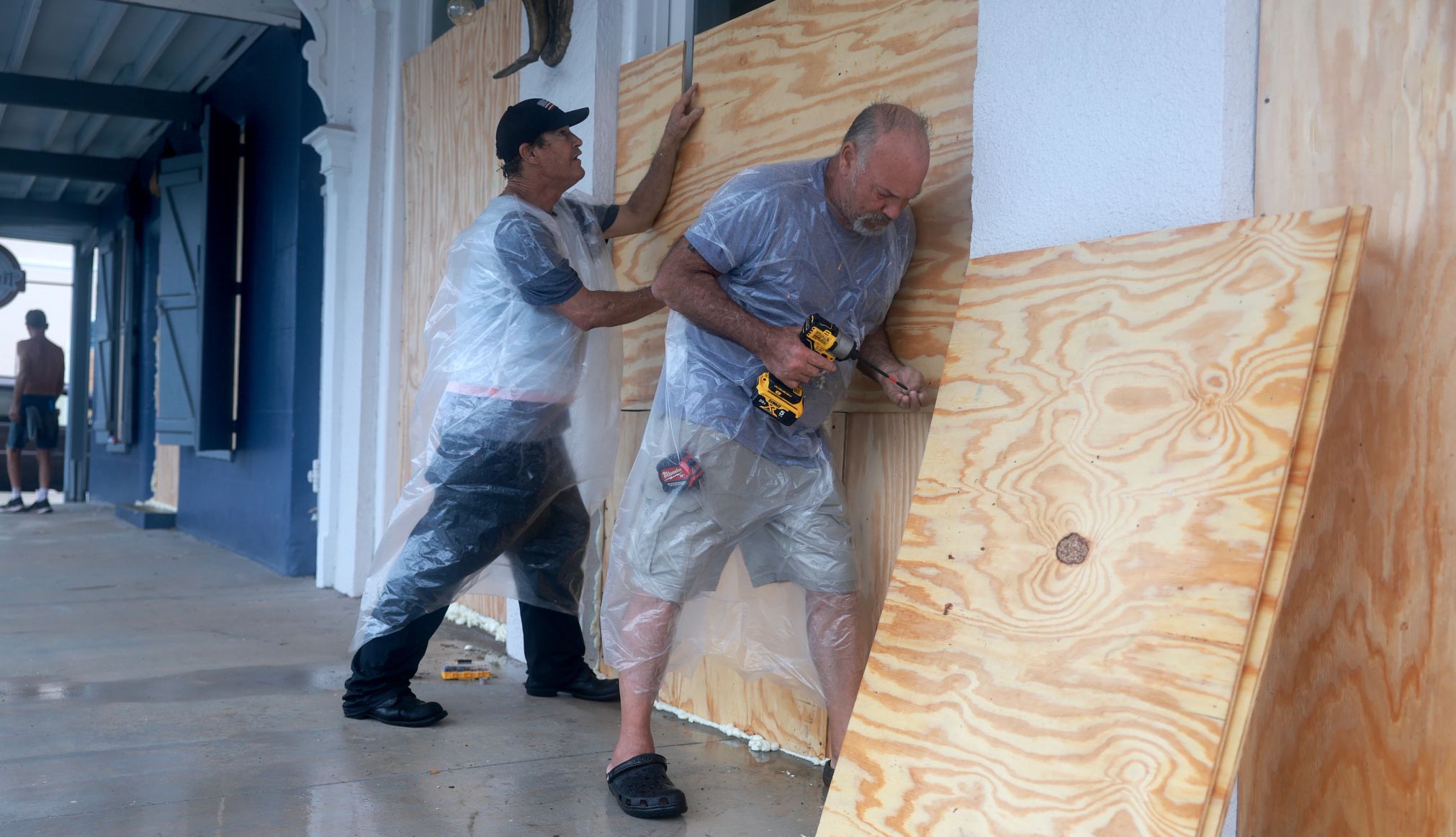
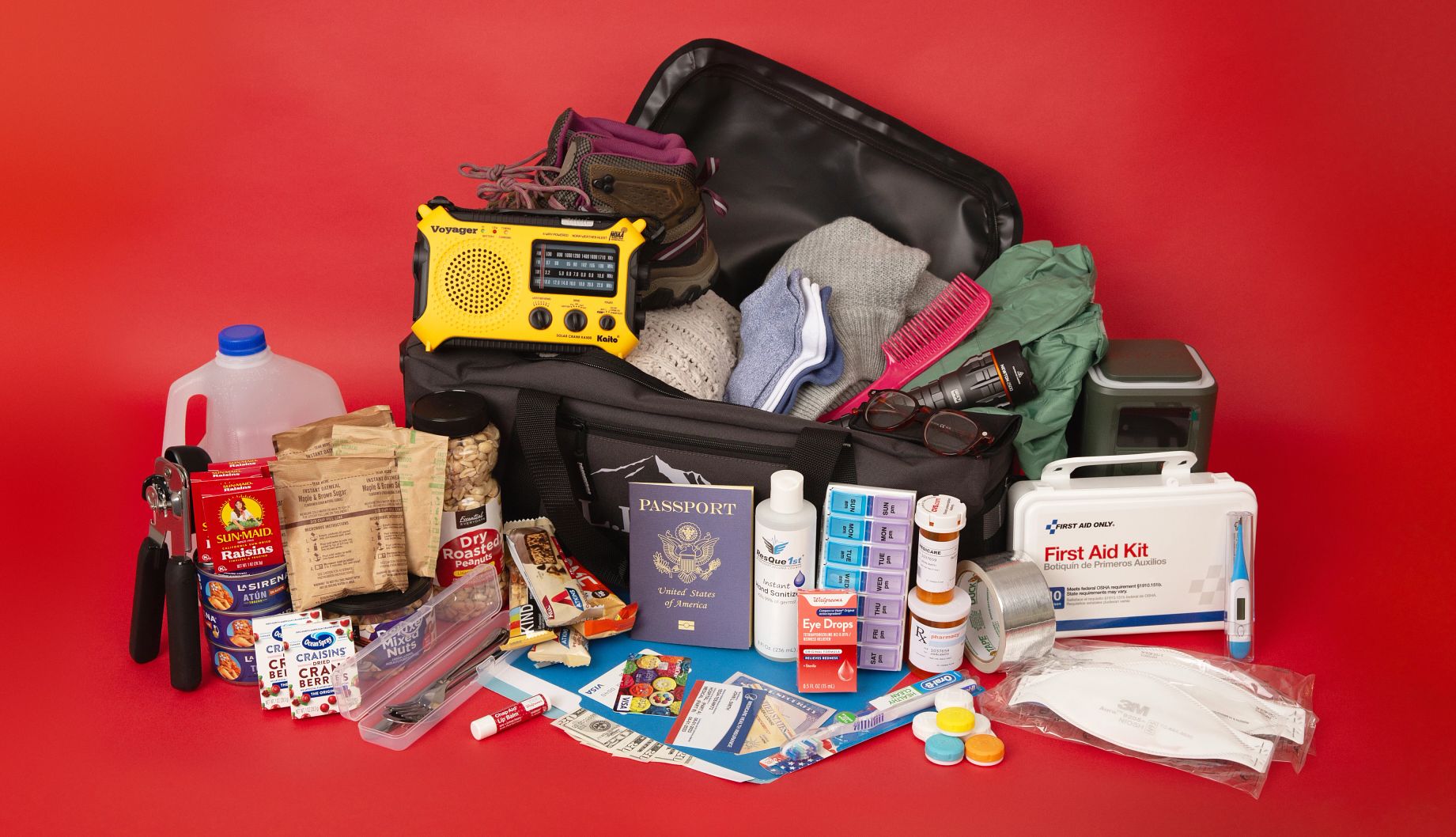





More From AARP
The New Go Bag: What You Need in Your Emergency Escape Kit
Masks and hand sanitizer, along with food, batteries and medications are essential to have on hand
How to Avoid Disaster Fraud and FEMA Scams
In the wake of natural disasters, scammers may pose as contractors, FEMA officials and other personnel
I Lived in a Town Immune From Natural Disasters – Until It Wasn’t
Hurricane Helene hit Asheville with a brute force the area had never seenRecommended for You